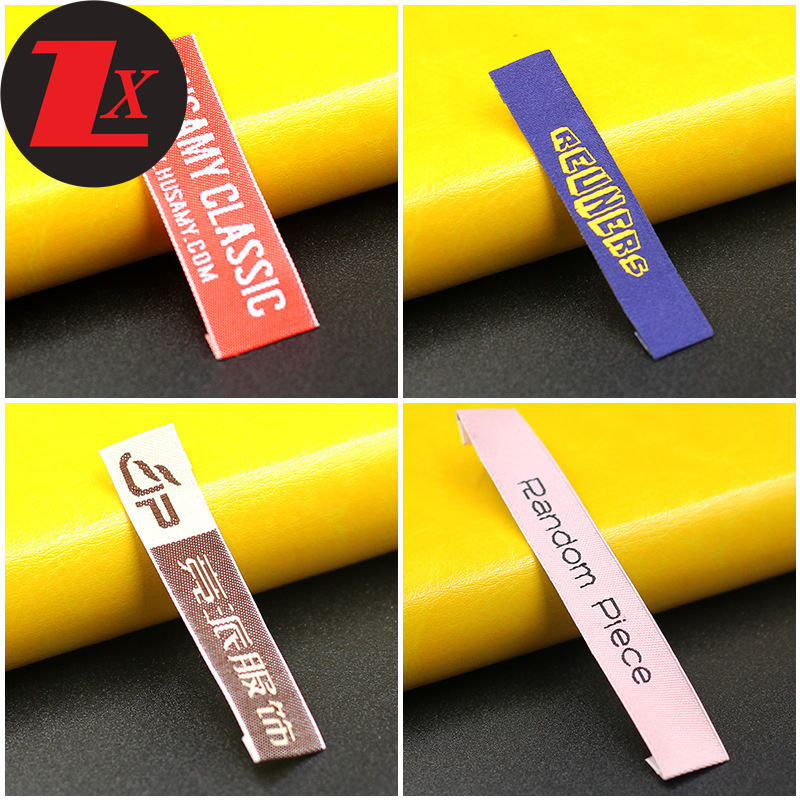
What information is typically found on clothing labels?

When purchasing clothing, it is essential to examine the labels attached to them. Clothing labels offer a wealth of information that can help consumers make informed decisions about their purchases. These labels typically contain details such as fabric composition, care instructions, country of origin, size, and brand information. Understanding the information found on clothing labels is vital for maintaining the longevity of garments, ensuring proper care, and meeting personal preferences and requirements.
Fabric Composition
One of the most crucial pieces of information on a clothing label is the fabric composition. This section indicates the materials used to create the garment, such as cotton, polyester, silk, or a blend of different fibers. Understanding these materials is essential as they affect the comfort, breathability, durability, and maintenance requirements of the clothing. Different fabrics have varying characteristics, making it important for consumers to choose materials that align with their preferences and needs.
Care Instructions
The care instructions on clothing labels guide consumers on how to properly clean, wash, dry, iron, and store the garment. These instructions provide guidance to help maintain the fabric's quality, prevent damage, and extend the lifespan of the clothing item. Care instructions often include symbols denoting specific washing or drying methods, such as machine wash, hand wash, dry clean, or line dry. Following these instructions ensures that the garment retains its shape, color, and overall appearance over time.
Country of Origin
Clothing labels also disclose the country of origin, indicating where the garment was manufactured. This information allows consumers to make choices based on their preferences, ethical considerations, or support for local manufacturers. It can be particularly significant for those concerned with fair trade practices, environmental sustainability, or supporting specific countries known for their craftsmanship or quality standards.
Size and Fit
Another crucial element found on clothing labels is the size information. Labels typically indicate standardized measurements for different body areas, such as bust, waist, and hips, allowing consumers to choose the appropriate size for their body shape. Additionally, some labels may provide guidance on the intended fit of the garment, such as slim fit, regular fit, or relaxed fit. Understanding these details can help consumers select clothing items that provide the desired comfort and aesthetic appeal.
Brand Information
Many clothing labels display brand information, including the name or logo of the brand. This information allows consumers to identify the manufacturer or retailer responsible for producing the garment. Familiarity with various brands and their reputation for quality, sustainability, or style can help consumers make purchasing decisions aligned with their values. Brand information can also be essential for those seeking to support local or ethically-conscious businesses.
Conclusion
In summary, clothing labels offer a wealth of information to consumers that extend beyond basic stylistic elements. Understanding the fabric composition, care instructions, country of origin, size and fit details, and brand information can empower individuals to make informed decisions about their clothing purchases. Paying attention to these labels ensures that garments are well-maintained, durable, and aligned with personal preferences and ethical considerations. By valuing and comprehending the information on clothing labels, consumers can make purchases that are both fashionable and responsible.
zhongxin clothing label oem clothing label zhongxin clothing label supplier custom clothing labels
